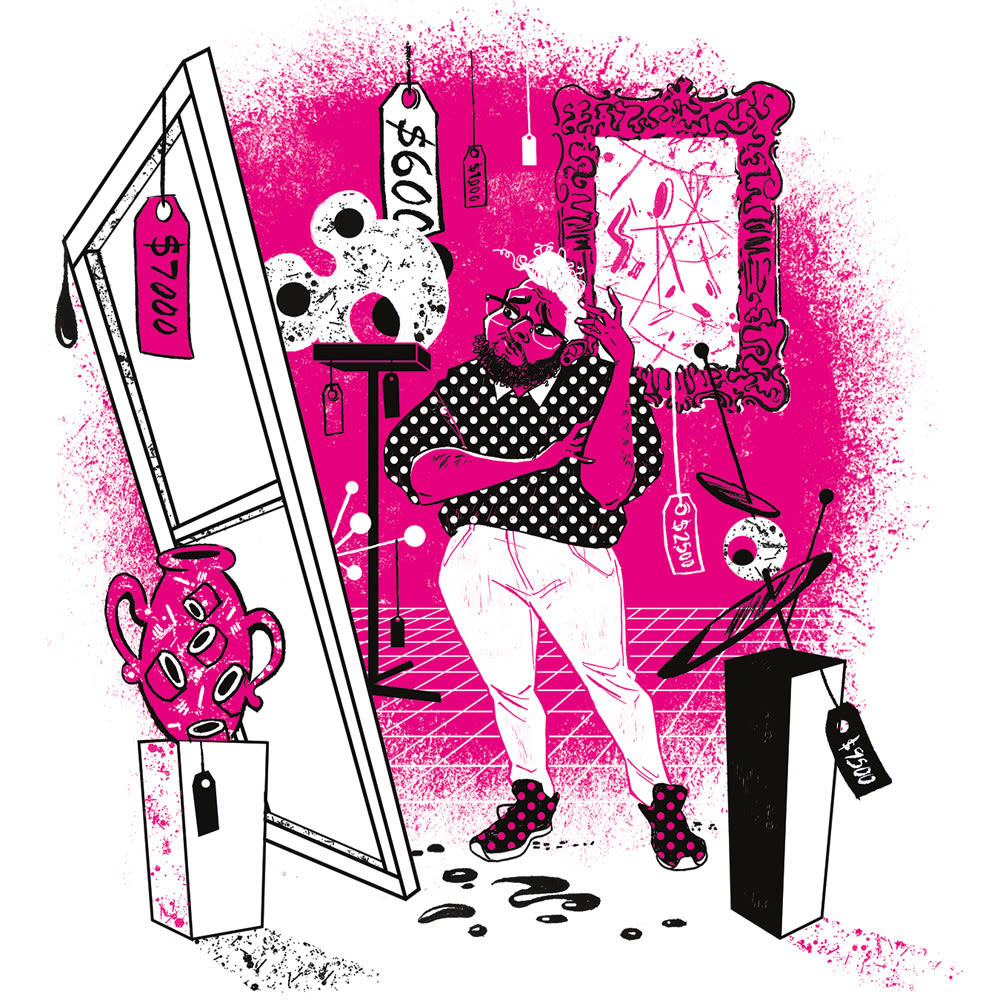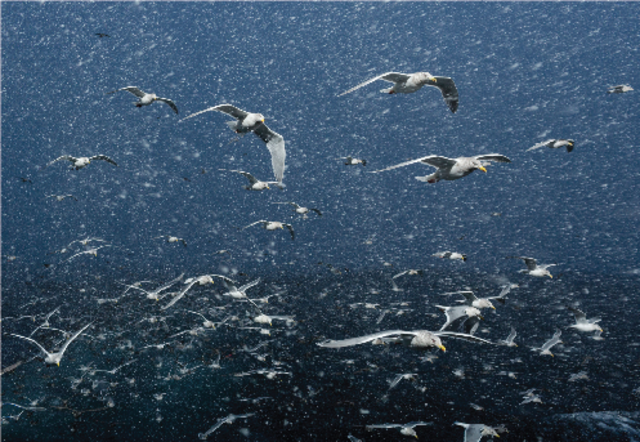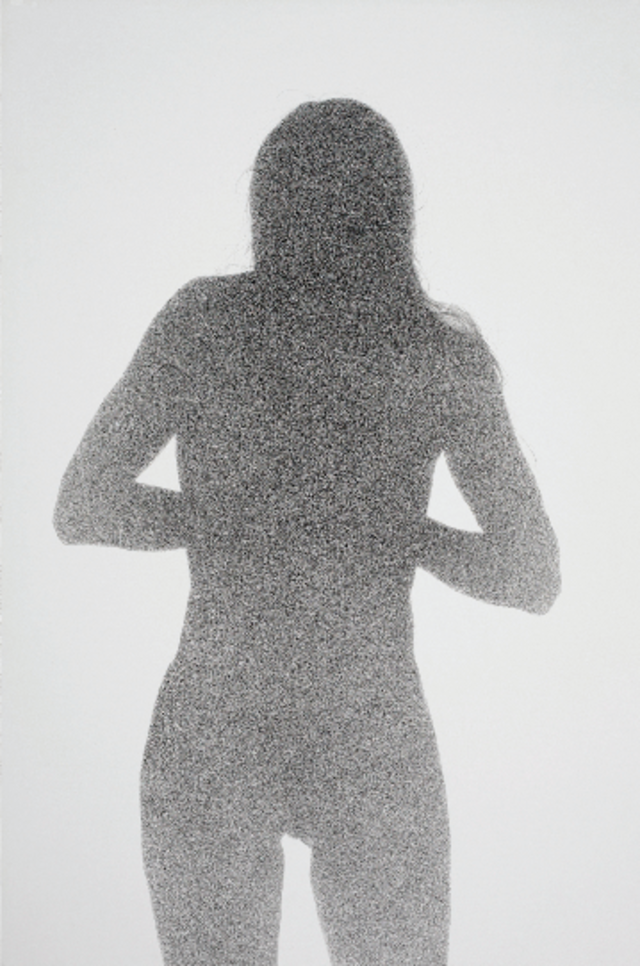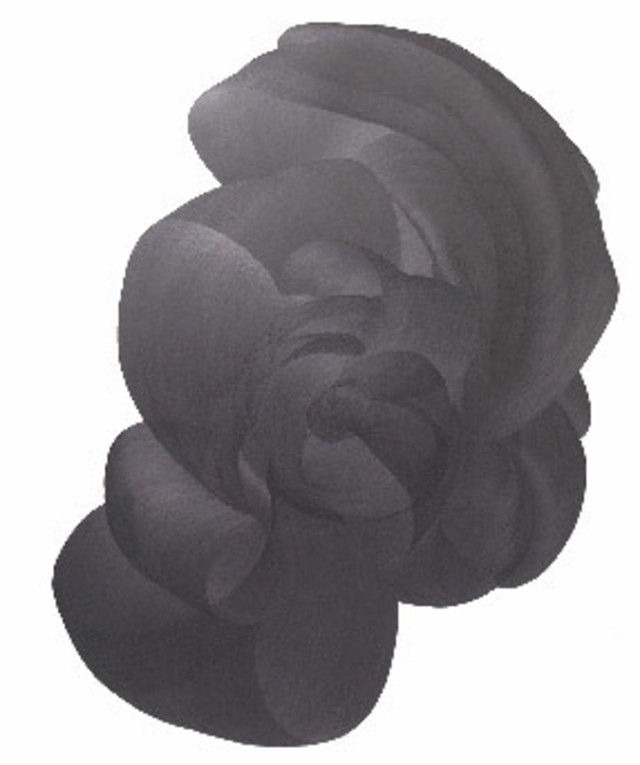How to Start an Art Collection—and the 5 Galleries that Will Help It Grow

Image: Matty Newton
Was that Rothko poster in your college dorm room the last piece of art you bought? Do you fear not being able to afford the real thing—or not knowing a masterpiece from your child’s fingerpainting? Time to quash that trepidation. Plenty of amazing art sells at affordable prices. It’s all about knowing where—and, more important, how—to look.
Learn what you like. Not sure if you “get” abstract color fields? Don’t know your impression of impressionism? Then take in as broad an array as possible: go to galleries, visit museums, flip through art magazines. Don’t worry about what’s popular, or what you “should” like. Develop your own taste. “Take the color of your walls, the style of your house, and even your budget out of the equation,” recommends Heidi McBride, an art consultant who helps businesses and individuals design spaces using original artwork. “Just start looking and see how you feel.” Keep a file or Pinterest page, tracking what appeals to you, and notice as you start to gravitate toward certain media, styles, or themes. And when you can’t get a particular work out of your head, grab it.
Get to know the artists. Knowing where a work comes from can play an important role in how you connect with it. May Barruel, owner of the SE Division Street gallery Nationale, recommends that aspiring patrons attend openings and talks, and that they not be shy about grilling artists about their process, materials, and inspiration. Chances are you’ll find creators excited to discuss their work, put you on their mailing lists, even invite you for a studio visit.
Embrace galleries. “People should get curious,” says Daniel Peabody, the director of Elizabeth Leach Gallery. “It’s not committing to buying, it’s just finding out. If you like a show, but it’s too expensive, ask, ‘Does this artist have any works on paper, any smaller pieces, or any at my price point?’” Often, galleries will also let you pay over several months, layaway style.
But don’t limit yourself to galleries. Several nonprofits host art auctions, ranging from Disjecta’s hip crop of emerging contemporary artists in November to wide-ranging, established events presented by the Oregon College of Art and Craft and Cascade AIDS Project (April and May, respectively). Student shows at Pacific Northwest College of Art, Portland State University, and OCAC are even more financially accessible. And, of course, if a piece at your local coffee shop or restaurant catches your eye, chances are it’s for sale, too.
Establish an art fund. To address the perennial “can I afford this?” question, save a small amount of money every month and set a goal—say, to buy a piece a year. You might even create a standing battle plan, such as buying a piece on your birthday or when you get a tax refund. If you’re a couple, buy something together for your anniversary instead of gifts.
It’s not an investment. You simply can’t predict which artists will hit the big time. Unless you have tens or hundreds of thousands of dollars to diversify your collection with big names, you shouldn’t think of this purchase as a ticket to a future payoff. That said, if acquiring something that will hold its value or even appreciate is important to you, focus on editioned works on paper, whether “blue chip” prints or photos from well-known artists.
Put it up. Move the work around. Experiment. Sometimes a powerful, small work can anchor a big wall, or vice versa. One rule to follow is to pick a height—say 60 inches—as the center point for every piece in a room to create a sense of continuity. Or consider a salon wall, using a bunch of smaller works in a cluster. Start with several pieces at the center, and then expand outward as you buy more, maintaining consistent distance between them. “There’s a threshold when you stop thinking of the space first and what work will fit in it and start thinking about art first, and how it will activate the space and your life,” says Theo Downes-Le Guin, owner of Upfor Gallery.
Don’t be afraid to make mistakes. Just as your taste in clothes changes, your taste in art will, too. If you tire of something, move it to a different room or pass it on. (You can write it off if you give it to a charity auction.) Have fun. You might find that purchases that once seemed discretionary become so enriching you can’t live without them.
PDX ARTISTS TO WATCH

1. Delaney Allen’s photographs are beguiling and mysterious: obscured portraits of loneliness and landscapes draped in smoke and clouds that have bewitched art blogs nationwide. $350–1,050 at Nationale.

2. Corey Arnold’s photographs of commercial fishing in frosty arctic seas have appeared everywhere from National Geographic to (yes!) Portland Monthly. $1,500–9,000 at Hartman Fine Art.

3. Relatively recent PNCA grad Samantha Wall has amassed all the accolades of a midcareer artist, including this year’s Contemporary Northwest Art Awards at the Portland Art Museum, with her stunningly composed portraits of women. $1,600–3,200 at Laura Russo.

4. Like a cybershaman, Brenna Murphy uses digital software and computer-aided fabrication to conjure “contemporary folk art tools.” $200–3,500 at Upfor Gallery.

5. Patrick Kelly creates lush, velvety works on paper that shimmer like oil slicks through the painstaking tracing of cardboard shapes with a graphite pencil. $900–3,000 through the artist.
FIVE GALLERIES TO CHECK OUT
Ampersand shows dynamic, often lesser-known artists alongside art books and tantalizing ephemera.
Augen Gallery is the place to go for editioned prints from the likes of Picasso, Rauschenberg, and Warhol. You know them; here, you might even afford them.
Blue Sky features a broad array of photographers—two per month on the walls and hundreds in its Pacific NW Photography Viewing Drawers. You'll find something you like.
Nationale is a leader among the city’s smaller galleries, championing promising emerging artists at prices well below those found in the more established Pearl District.
Upfor Gallery propels Portland’s art world into the digital realm with provocative shows from new-media artists.

- How to Start an Art Collection—and the 5 Galleries that Will Help It Grow
- The Portland Playbook: How to Create Theater Magic in 12 Steps
- Oregon Ballet Theater Dancers Bust 3 Major Dance Myths
- A Beginner’s Guide to the Portland Literary World’s Major Landmarks
- What Do Album Producers Do, Exactly? We Asked One of Portland’s Best.
- Pop Culture Translations for Opera’s Most Confusing Terms
